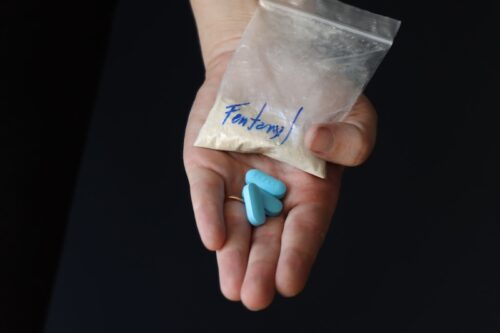Long-Term Outcomes in Anxiety Treatment
Subject:
Anxiety
Short Description:
Long-Term Outcomes in Anxiety Treatment
Background:
Anxiety disorders are among the most common psychiatric conditions in kids, and they are often predictive of future psychiatric problems. Researchers recently examined if effective treatment of anxiety disorders early on had positive long-term outcomes.
In this naturalistic follow-up study (known as CAMELS), researchers looked at a group of 288 youths (mean age 17 years) who were originally enrolled in the Child/Adolescent Anxiety Multimodal Study (CAMS) to evaluate how they fared years after treatment for anxiety disorders. The children in CAMS had primary diagnoses of social, separation, or generalized anxiety disorder. They were randomized to 12 weeks of either: cognitive behavioral therapy (CBT); medication (sertraline); combined treatment; or pill placebo.
Participants (59% of the original CAMS sample) were followed up with, on average, six years later. They were assessed for presence and/or severity of anxiety disorders. Almost half (46.5%) of the sample were in remission at follow-up. Remission rates did not vary greatly based on treatment. Among the 53.3% of children who were not in remission, close to half of them (46.8%) also had a comorbid internalizing disorder and 27.3% had an externalizing disorder (compared to just 10.4% and 9.7%, respectively, in the remission group).
While the children in the remission group were much more likely to have been responders to treatment in the original study, close to half (48%) of acute responders in CAM had relapsed at follow-up. Male sex, higher socio-economic status (SES), and better family functioning predicted better outcomes, as did lower baseline anxiety scores (Ginsburg GS et al, JAMA Psychiatry 2014;online ahead of print).
CCPR’s Take: It’s great to hear that after six years, close to half of the children with anxiety disorders in the original study had no diagnosable anxiety disorders at follow-up. However, close to 50% of the kids who responded to treatment had relapsed by six years later. Almost 70% of CAM participants who were evaluated at follow-up had received some additional treatment in the interim (medication, therapy, or both). These youths were less likely to be in remission. Other predictors of poor outcome include externalizing disorders at baseline and higher baseline anxiety scores. Considering that higher SES and better family functioning were among the main predictive factors for long-term remission, more focus on parenting, environmental stressors, and family therapy could lead to better long-term outcomes.
Newsletters
Please see our Terms and Conditions, Privacy Policy, Subscription Agreement, Use of Cookies, and Hardware/Software Requirements to view our website.
© 2025 Carlat Publishing, LLC and Affiliates, All Rights Reserved.


_-The-Breakthrough-Antipsychotic-That-Could-Change-Everything.jpg?1729528747)



